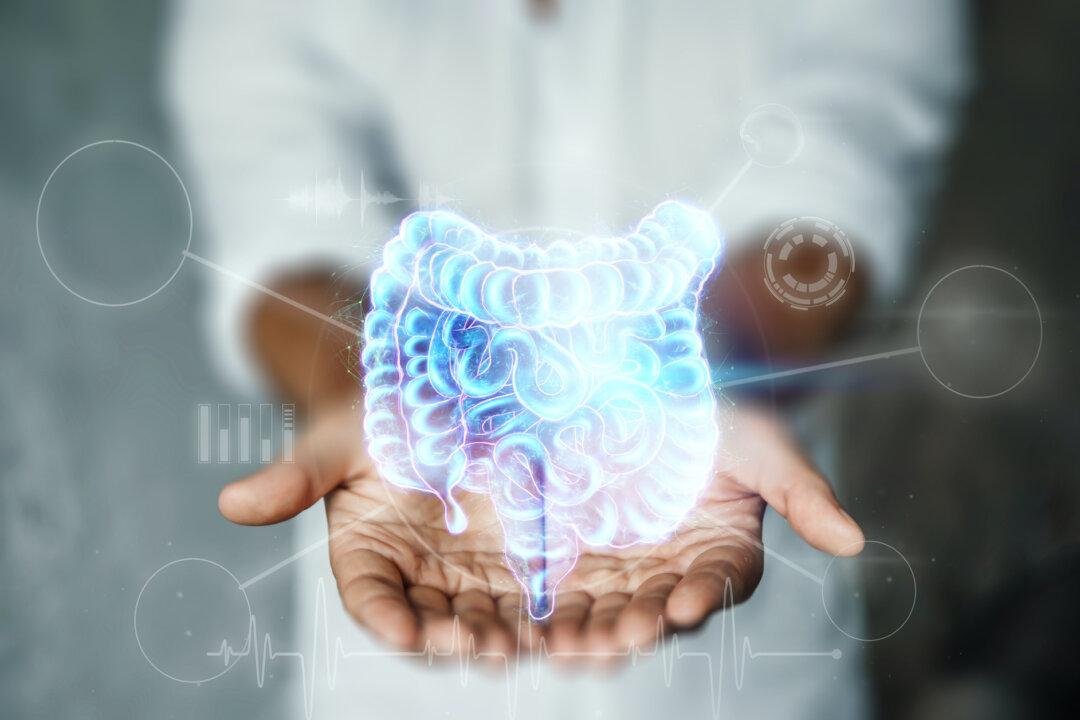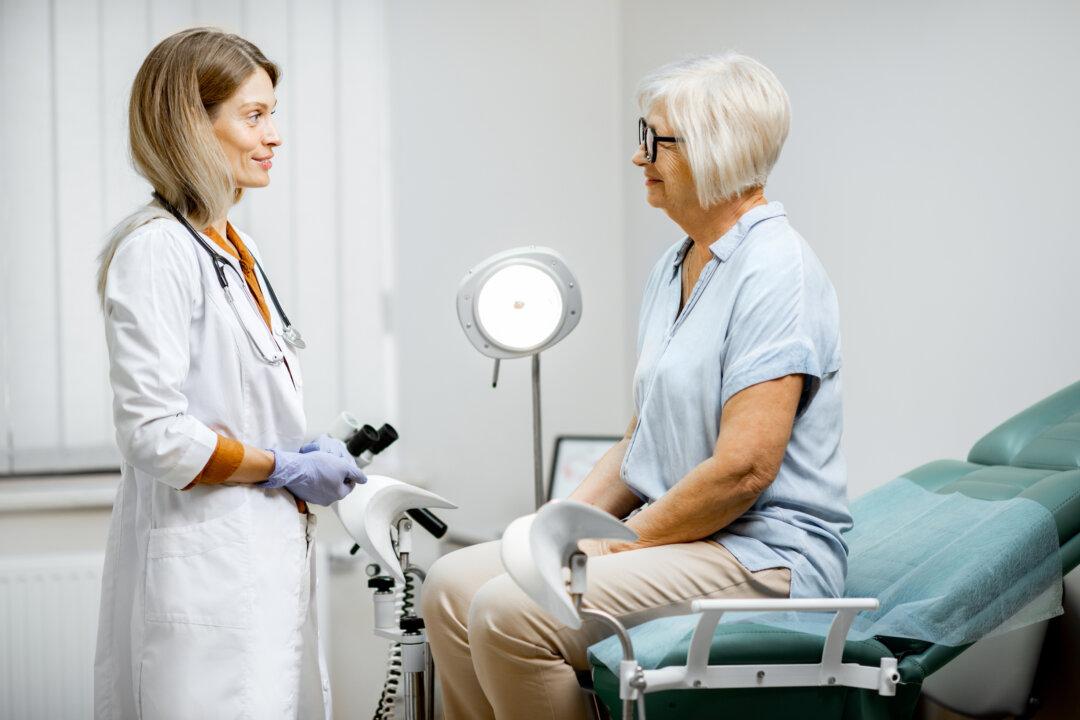It was well over four weeks since I had gotten COVID-19. Other than a sometimes lingering cough and a little fatigue, I felt better. The only issue was a nagging chest tightness. It first started as an occasional quick but mild discomfort. It steadily became constant, but never “painful.”
Trying not to be a physician but a patient, I dutifully went in for a simple blood test and an electrocardiogram. An electrocardiogram, or ECG, is commonly known as an EKG, which is the German derivative. I haven’t had an EKG in a long time. It’s such a simple machine, yet it gives so much information. Luckily for me, all was good; I just had some mild post-COVID effects.






